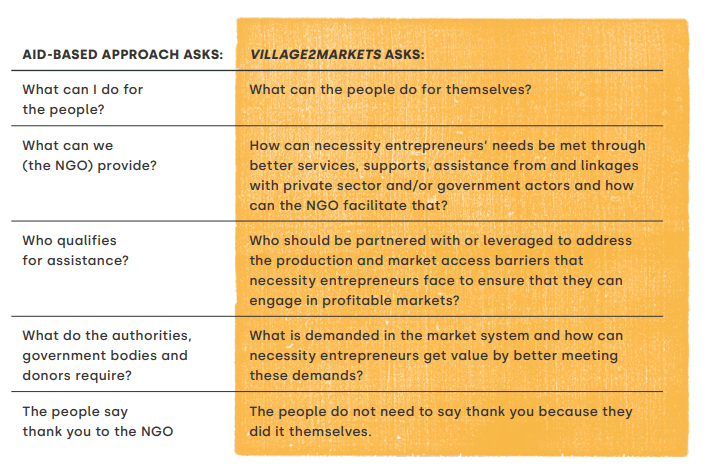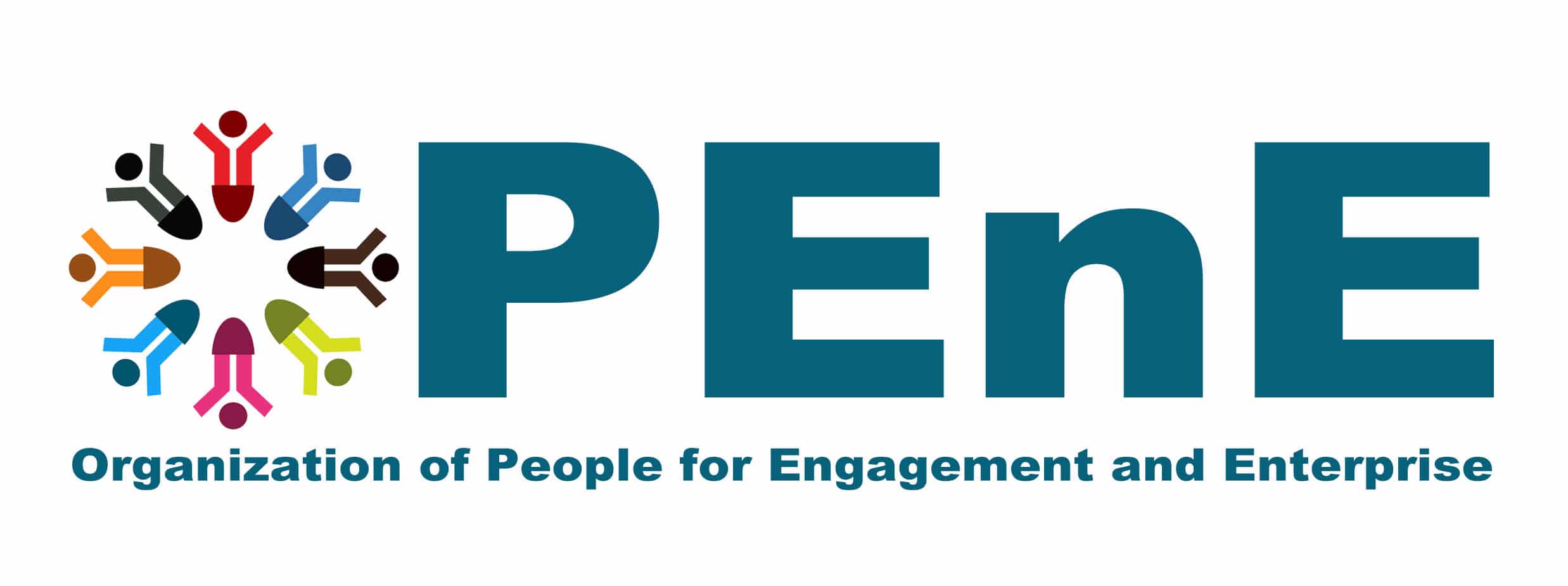PILOT VILLAGE2MARKETS
Reach & Timeframe
The programme will reach 1,200 families. It will work over a five year period, 2016 – 2020. In taking a longer term approach, it will be able to address a range of barriers across a number of sectors to create long lasting change.
Goal
We have two goals on this programme:
- Improve the economic well-being of families living in these last mile areas, transforming the market, community and household barriers that keep them economically excluded.
- Develop an approach that Palmera that can be replicated in last mile areas throughout Sri Lanka to effectively address economic exclusion
Locations
The programme will be operating across five districts
| DISTRICT | DIVISION | ETHNICITY |
| Mullaithivu (North) | Thervipuram | Mullathivu has the second highest poverty rating among the 25 districts in the country. Predominantly Tamil |
| Mannar (North) | Periyamaddhu | Predominantly Muslim |
| Vavuniya | Kanthasamy Nagar | Predominantly Tamil |
| North Central Province | Pollonaruwa | Predominantly Sinhalese |
| Uva Province | Wellawaye | Predominantly Sinhalese |
| DISTRICT | DIVISION | ETHNICITY |
| Mullaithivu (North) | Thervipuram | Mullathivu has the second highest poverty rating among the 25 districts in the country.
Predominantly Tamil |
| Mannar
(North) |
Periyamaddhu | Predominantly Muslim |
| Vavuniya | Kanthasamy Nagar | Predominantly Tamil |
| North Central Province | Pollonaruwa | Predominantly Sinhalese |
| Uva Province | Wellawaye | Predominantly Sinhalese |
The Human Development Index for the Northern Province is up to four times the national average; and poverty head count ratios in the province are as high as 28.8 per cent compared to 6.7 per cent for Sri Lanka as a whole (Department of Census and Statistics, 2014)
The programme has identified villages not only the Northern Province, but also the North Central and Uva provinces. This will enable comparative analysis of the barriers vulnerable families experience in different locations and across different ethnic groups as well as the effectiveness of the approach that we seek to develop through this programme.
Approach Development
To achieve the second objective – the development of a replicable approach – attached to this programme is funding by English Foundation and Transform Aid International. They have provided funding to (1) Identify potential evidence based approaches (2) Develop a framework that could be replicated (3) Refine the framework through a pilot implementation.
Ahead of launching this programme, a range of potential approaches were identified and the skeleton of a framework was established, which will be refined through the programme.
How this programme works
This programme will work with markets and with the community to transform the barriers that prevent their effective economic exclusion. We will work with:
- Markets to better serve small rural entrepreneurs: This involves the private sector, civil society, governments and the market system overall taking responsibility for the changes that need to occur to ensure that both female and male small rural entrepreneurs are targeted and included in market opportunities.
- Small rural entrepreneurs so they are better equipped to better access and benefit from market opportunities: Even if changes in the market occur, and market actors are responding to better include these entrepreneurs, because of a variety of socio-cultural and systemic reasons, some small rural entrepreneurs are still excluded. This goal involves small rural entrepreneurs also taking responsibility for making changes in their own practices, beliefs and behaviours so that they too are able to take advantages of market opportunities.
The key barriers in the identified locations are noted below with the specific interventions which the programme will focus on:
| Barriers faced by necessity entrepreneurs | Intervention areas |
|
1. Empowering women economically through financial access and support networks |
|
2. Improving production techniques for profitable markets |
|
3. Facilitating linkages to market support services |
|
4. Advancing access to livelihood assets |
|
5. Supporting expansion activities in value addition and new markets |
| Barriers faced by necessity entrepreneurs | Intervention areas |
|
1. Empowering women economically through financial access and support networks |
|
2. Improving production techniques for profitable markets |
|
3. Facilitating linkages to market support services |
|
4. Advancing access to livelihood assets |
|
5. Supporting expansion activities in value addition and new markets |
This programme will adopt a facilitative approach – this means that rather than a “hand out” approach, it will facilitate by working with a range of actors to achieve the outcomes. The following table illustrates some of the differences between typical aid-based approaches and the Village2Markets approach.





